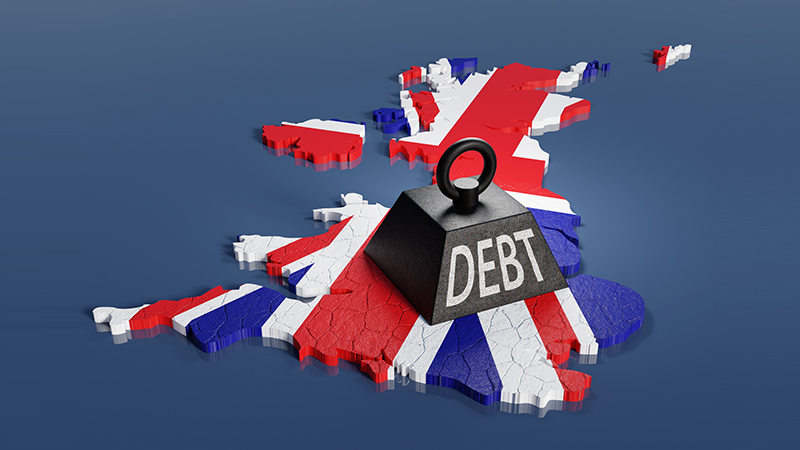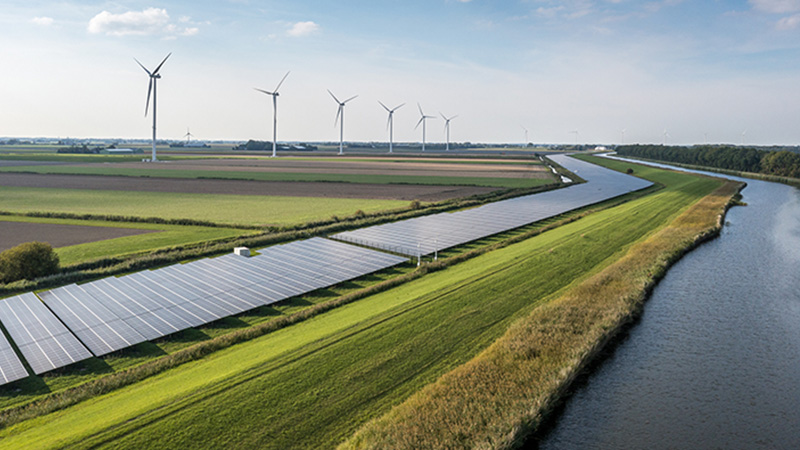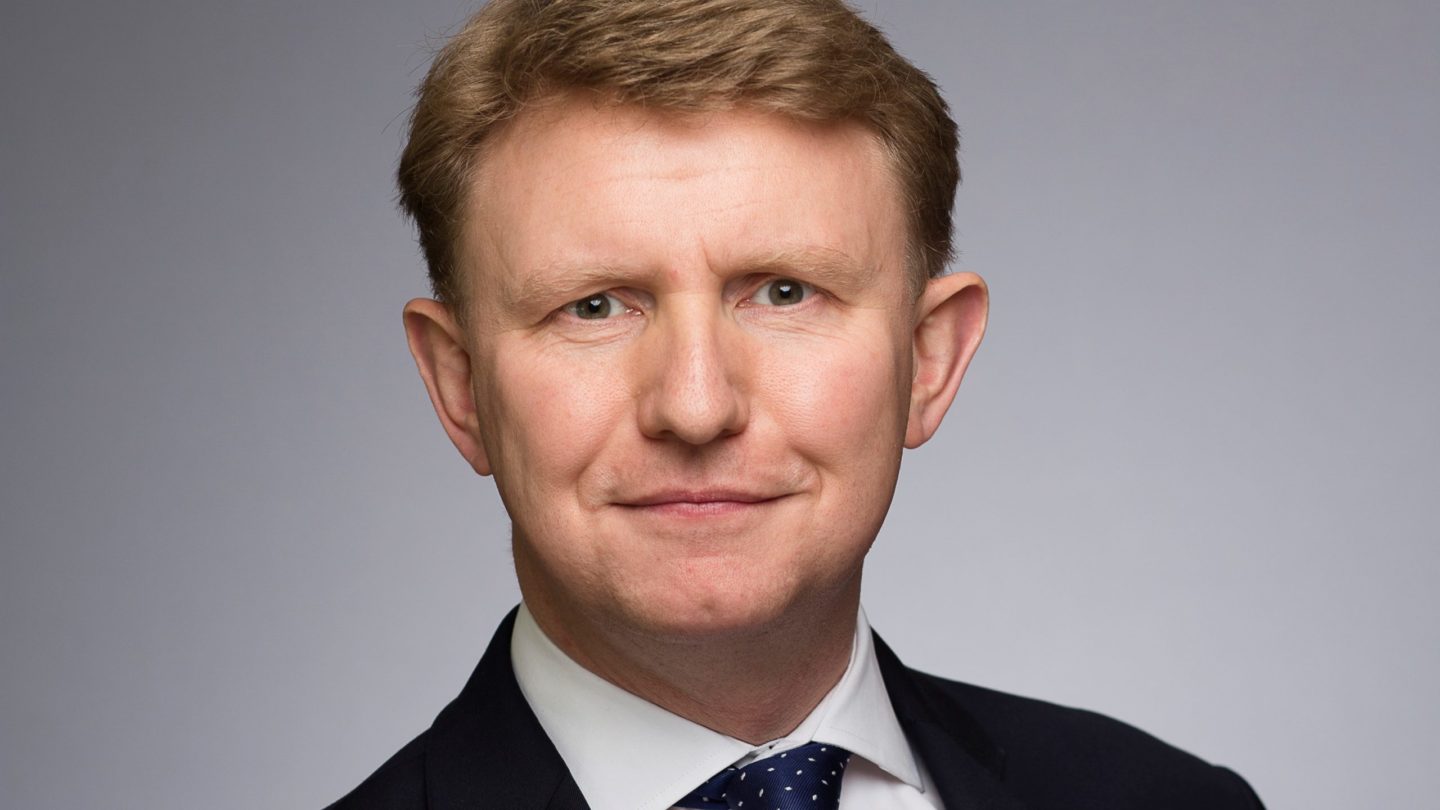With last month marking the milestone of five years since the creation of the United Nation’s Sustainable Development Goals – or SDGs, for short – it is worth noting that environmental, social and governance (ESG) investing is booming … and with good reason.
The increased focus on the environment is not a secret – the world’s resources continue to be depleted, climate change has scientific endorsement and energy emission concerns are leading people to carefully rethink how they invest their money. And that much only covers the ‘E’ in ESG.
Regulation is not the only driving factor in the growth of the ESG market. Of course, it is playing a more prominent role – and may soon play a pivotal role – given the regulatory direction but other influences are at play, especially goal centricity.
Starting with regulatory influence, MiFID states that: “Where ESG considerations are relevant for the provision of investment services to clients, firms should take them into account.” In this sense, a number of firms appear ahead of the curve in discussing ESG considerations with their clients – although this does seem more about values-based advice (arguably an offshoot of goals-based advice) than future-proofing their practice.
From the advisers’ perspective, ESG is a new area to add value and another reason clients will seek advice. ESG often supports the UN’s SDGs by investing in aligned funds and that also offer attractive investment returns. When presented to advisers, the SDGs are useful tool to use with clients in relation to ESG investing, because they are clearly relatable and resonate with individuals.
‘To-do list for people and planet’
But is it the planet we are investing in or people? ESG investing is a vote for both. When UN Secretary-General Ban Ki-Moon and 193 world leader’s adopted the 17 SDGs as a shared vision of humanity he said: “They are a to-do list for people and planet, and a blueprint for success.”
The 17 goals – and 169 associated targets – are to wipe out poverty, fight inequality and tackle climate change over the next 15 years. You will no doubt have some clients who are climate sceptics, but you will be hard pressed finding someone who will cheerfully confess to not caring about matters such as poverty or equality of the people around them.
Turning to solutions, when choosing an ESG solution, it is important for any investor to understand how a manager selects the funds they use in portfolios. Simply using portfolios with ‘ESG’ ‘ethical’, ‘sustainable’ or ‘SRI’ in the title is not a guarantee that the underlying exposures of the fund will match the concerns of an individual investor – even if those concerns are broad and loosely defined.
That said, we are seeing a lot of promising advancement – and perhaps none more so than in the broader Morningstar business, as it increases the amount of data and ESG research available to all investors.
While there will always be the traditional debate over what to include or exclude, ESG goes much deeper. Questions such as ‘How do I ensure my portfolio is sustainable’ and ‘What is the carbon risk of my investments?’ can now be answered with confidence. For the adviser, this means client conversations are likely to improve, opening the way to a deeper relationship.
Still, while advisers have started to grasp the nettle in relation to ESG investing, what about clients? What about their understanding of ESG? As advisers and clients have increased the number of conversations on ESG, so has the need increased for information to support them.
Transparency is key when it comes to ESG investing. Advisers would like to look under the bonnet of the portfolios to enable a more in-depth discussion regarding the underlying holdings and they thus require material to support this in a client-friendly manner.
ESG investing continues to grow and there is a sense that, in time, this will be the primary way of investing. ESG portfolios may well be the conventional portfolios of the future – both for the planet and for the people.
Dan Kemp is chief investment officer, EMEA at Morningstar Investment Management Europe










